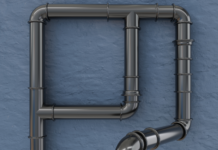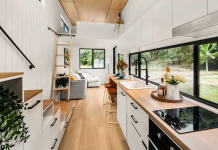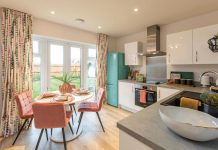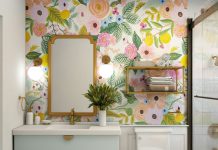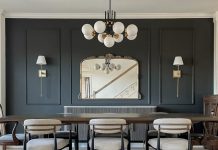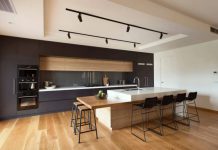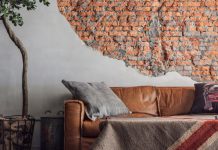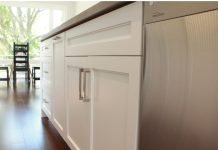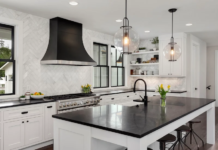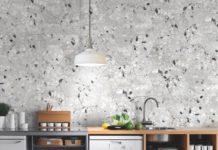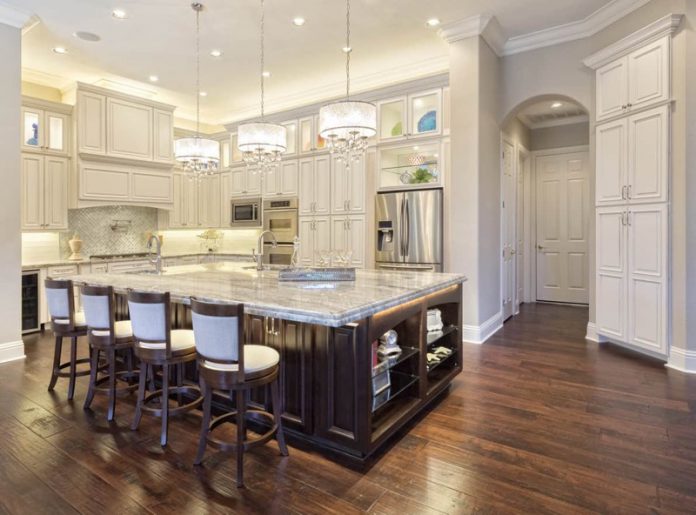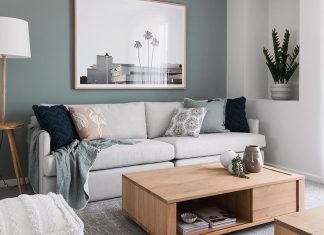Recessed lighting has been both a versatile and a challenging lighting technology to date. As per the statistics for the past decade, even with all of the effort it entails, it will never go out of style because it achieves the intended results with efficiency. Listed are a few things to consider before installing these lights so as to avoid any inconveniences.
Sizing and design of lights
To begin with, there must be a precise measurement of the area where the recessed lights will be installed. It will assist with determining the size of recessed lighting fixtures for the specific area. Recessed lighting is a cutting-edge and adaptable technology that allows the consumer to utilise their imagination to get the most out of these lights. Recessed lighting fixtures come in a variety of sizes, ranging from 2 to 6 inches. For basic illumination, the most widely used sizes for regular sized rooms with standard sized ceilings are 4 inches.
For new or renovated rooms, there are a variety of recessed lights to choose from. Retrofit recessed lights and standard recessed lights are both available.
Number of lights
Calculate the area of the room and the type of layering to achieve with these lights before deciding on the quantity of lights. Because the brightness is not determined by the number of lights as the brightness of LED recessed lights is measured in lumens they provide the best light output and functionality even at little power. LED recessed lights are quite efficient, but one must be familiar with their arrangement and design in order to operate with them. Planning ahead of time will protect from mismanagement and unfavourable outcomes. In fact, if the placement of the lights is not correct, it’ll end up with a mucked lighting design.
The first step is taking accurate measurements of the room which also includes ceiling height. Recessed light fixtures are suitable in rooms with ceiling height of 8 – 20 feet. The diameter of the fixture corresponds directly with ceiling height; it helps in deciding the size of recessed light fixtures. Then the placement of an individual light fixture will be calculated according to the diameter/size of housing which will eventually decide the number of lights needed to form a proper lighting scheme.
Here’s a practical guide to assess any lighting plan involving recessed lights.
Features of recessed lights:
Led recessed lights offer a number of features. They are compatible with almost any surrounding and help create any sort of lighting scheme with layering. The most common use of recessed light is actually layering or improving the ambience of the space be it home, or any art gallery.
Few of the features of led recessed lights are:
1. They are available in various sizes
Recessed lights or commonly called pot lights are discreet light fixtures which are available in different sizes ranging from 2 to 6 inches. They practically belong in almost all indoor spaces which require a lot of room to cover with light but also more overhead space.
2. Multiple trims designs
The most prominent feature of recessed lights are trims. They control and direct the amount of light leaving the fixture. There are various trim designs for all lighting layers which are:
- For general lighting: open trim, baffle trim, reflector trim .
- For accent and task lighting: eyeball trim, gimbal trim, pinhole trim, wall wash trim.
They can be used for general lighting, task lighting and accent lighting or can be layered with other fixtures like chandeliers, pendants, wall sconces etc.
3. Various housing types
Each recessed light fixture is either IC rated or NON IC rated as these fixtures sit inside the ceiling and require proper ventilation to regulate the working of the fixture. They are available in either air tight or insulated housings which reduces the risk of potential fire hazard or overheating of the ceiling. For different ceiling designs there are different housings like new construction housing, sloped ceiling housing and for older ceilings, retrofit housing.
4. Switchable CCT
Led recessed lights are available in different colour temperatures to get a desirable colour scheme for the place. The temperature change lies on a kelvin scale ranging from 2500K to 6000K which can produce warm yellow to cool white daylight like light.
5. High CRI
Led recessed lights have CRI above 80 so they are able to produce various colours for various lighting uses indoors or outdoors. Not just this they effectively enhance the texture of the different surfaces by rendering accurate colours which is highly important for focus.
6. Low maintenance
These lights help save money on maintenance and replacement costs, and they have a very long lifespan, up to 50000 hours, during which they hardly fail. LEDs differ from their counterparts as they have a quick startup time, they do not fluctuate or degrade with time, and never go out abruptly or in emergency situations.


